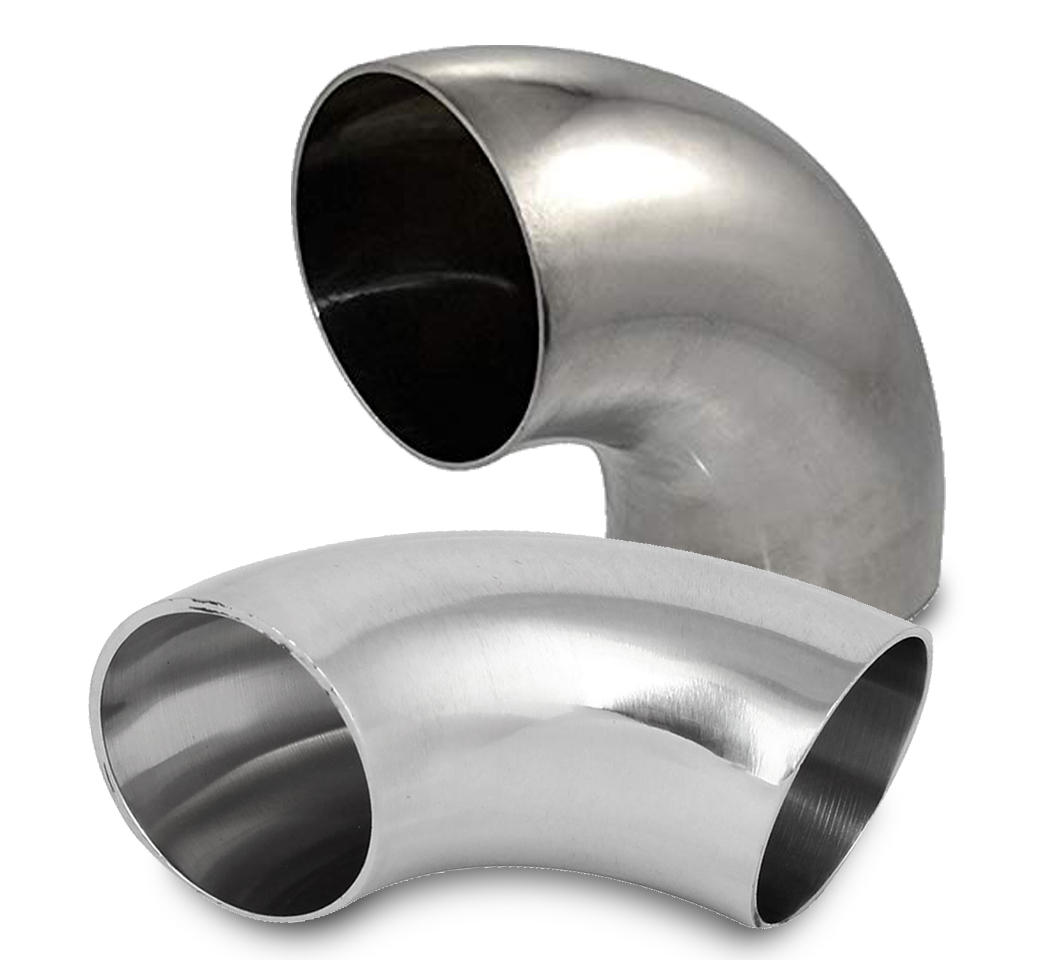-
Cangzhou Yulong Steel Co., Ltd.
-
Phone:
+86 13303177267 -
Email:
admin@ylsteelfittings.com
- English
- Arabic
- Italian
- Spanish
- Portuguese
- German
- kazakh
- Persian
- Greek
- French
- Russian
- Polish
- Thai
- Indonesian
- Vietnamese
- Zulu
- Korean
- Uzbek
- Hindi
- Serbian
- Malay
- Ukrainian
- Gujarati
- Haitian Creole
- hausa
- hawaiian
- Hebrew
- Miao
- Hungarian
- Icelandic
- igbo
- irish
- Japanese
- Javanese
- Kannada
- Khmer
- Rwandese
- Afrikaans
- Albanian
- Amharic
- Armenian
- Azerbaijani
- Basque
- Belarusian
- Bengali
- Bosnian
- Bulgarian
- Catalan
- Cebuano
- China
- China (Taiwan)
- Corsican
- Croatian
- Czech
- Danish
- Esperanto
- Estonian
- Finnish
- Frisian
- Galician
- Georgian
- Kurdish
- Kyrgyz
- Lao
- Latin
- Latvian
- Lithuanian
- Luxembourgish
- Macedonian
- Malgashi
- Malayalam
- Maltese
- Maori
- Marathi
- Mongolian
- Myanmar
- Nepali
- Norwegian
- Norwegian
- Occitan
- Pashto
- Dutch
- Punjabi
- Romanian
- Samoan
- Scottish Gaelic
- Sesotho
- Shona
- Sindhi
- Sinhala
- Slovak
- Slovenian
- Somali
- Sundanese
- Swahili
- Swedish
- Tagalog
- Tajik
- Tamil
- Tatar
- Telugu
- Turkish
- Turkmen
- Urdu
- Uighur
- Welsh
- Bantu
- Yiddish
- Yoruba

Nov . 05, 2024 17:57 Back to list
forged fittings socket welding and threaded
Forged Fittings Socket Welding and Threaded Connections
Forged fittings play a crucial role in modern piping systems, providing reliable connections that ensure the integrity and efficiency of fluid transportation. Among the various types of fittings, socket welding and threaded fittings are two widely utilized methods, each offering unique advantages suited to different applications.
Socket Welding Fittings
Socket welding fittings involve the insertion of a pipe into a socket end of a fitting, which is then welded around the joint. This process is highly regarded for its strong, leak-proof connections. Socket welding is particularly beneficial in high-pressure environments where safety and structural integrity are paramount. The design of socket weld fittings allows for a smoother flow of fluids, with minimal obstruction, thereby reducing turbulence and the potential for erosion.
One of the primary advantages of socket welding fittings is their ability to handle high-stress conditions. The welding process creates a seamless junction, distributing stress evenly across the joint and minimizing the risk of failure. Additionally, socket welded connections are less prone to corrosion due to the absence of internal threads that can trap moisture and debris.
However, socket welding does require precise alignment and specific procedures to ensure a strong bond, making it essential that skilled professionals handle the installation. Furthermore, the process can be time-consuming, particularly when multiple fittings must be connected.
forged fittings socket welding and threaded

Threaded Fittings
On the other hand, threaded fittings are known for their ease of installation and versatility. These fittings have external threads that match internal threads of pipes or other fittings, allowing for quick assembly without the need for welding equipment. This characteristic makes threaded fittings an attractive option for applications requiring frequent disassembly or adjustments.
Threaded fittings come in various materials, including carbon steel, stainless steel, and plastic, providing flexibility depending on the specific needs of the project. They are often used in low-pressure applications, as the threaded connection can be more susceptible to leaks when compared to socket welded connections. However, advancements in sealing technologies, such as the use of PTFE tape and various pipe dope compounds, have significantly improved the reliability of threaded joints.
One drawback of threaded fittings is the potential for stress concentration around the threads, which can lead to failure under high-pressure conditions. Additionally, as with socket welding, proper installation techniques are critical to ensure a leak-free joint.
Conclusion
In summary, both socket welding and threaded fittings have unique benefits that cater to different requirements in piping systems. Socket welding fittings provide robust connections ideal for high-pressure situations, while threaded fittings offer convenience and flexibility for easier maintenance and modifications. By understanding the specific needs of a project, engineers and contractors can select the appropriate fitting type that ensures optimal performance, safety, and durability in fluid transport systems. As technology advances, ongoing improvements in both fitting types will continue to enhance their performance and application scope in the ever-evolving landscape of industrial piping.
Latest news
-
ANSI 150P SS304 SO FLANGE
NewsFeb.14,2025
-
ASTM A333GR6 STEEL PIPE
NewsJan.20,2025
-
ANSI B16.5 WELDING NECK FLANGE
NewsJan.15,2026
-
ANSI B16.5 SLIP-ON FLANGE
NewsApr.19,2024
-
SABS 1123 FLANGE
NewsJan.15,2025
-
DIN86044 PLATE FLANGE
NewsApr.19,2024
-
DIN2527 BLIND FLANGE
NewsApr.12,2024
-
JIS B2311 Butt-Welding Fittings LR/SR 45°/90° /180°Seamless/Weld
NewsApr.23,2024











